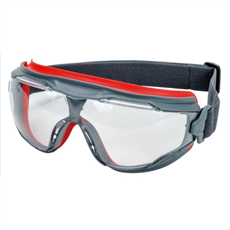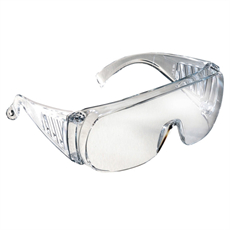The evolution of nursing uniforms has undergone significant changes over the centuries, reflecting not only shifts in fashion but also advancements in healthcare practices, hygiene, and gender roles. Here’s an overview of the evolution of nursing uniforms:
- Early History:
- Before the 19th century, there were no standardized nursing uniforms. Nurses typically wore clothing similar to that of the general population.
- During the Crimean War in the mid-19th century, Florence Nightingale introduced the concept of nursing uniforms to distinguish nurses from other caregivers. Her nurses wore long, full dresses made of cotton.
- Late 19th Century:
- In the late 1800s, nursing uniforms began to evolve to be more practical and hygienic. Dresses were made of white fabric, often with long sleeves and high collars.
- Caps became a standard part of the uniform, and they served both functional and symbolic purposes. They helped keep hair out of the way and identified the nurse’s rank or status.
- Early 20th Century:
- Early 20th-century nursing uniforms were characterized by simplicity, with white dresses and caps remaining common.
- Aprons and bibs were often added to protect the uniform and provide additional hygiene.
- Mid-20th Century:
- The mid-20th century saw some changes in nursing uniforms, with shorter sleeves and hemlines becoming more common for practical reasons.
- The traditional nurse’s cap, a symbol of the profession, remained a prominent feature of the uniform.
- Late 20th Century:
- Nursing uniforms in the late 20th century became more diverse, with various styles and colors emerging to accommodate different hospital settings and preferences.
- Many hospitals and healthcare facilities moved away from traditional white uniforms to colored scrubs, which were easier to clean and more comfortable to wear.
- 21st Century:
- In the 21st century, nursing uniforms have continued to evolve to prioritize comfort, mobility, and infection control.
- Many nurses now wear scrubs exclusively, with a wide range of colors and patterns available.
- Advances in fabric technology have led to the development of antimicrobial and moisture-wicking materials for uniforms.
- Gender-Neutral Uniforms:
- Nursing uniforms have become more gender-neutral, reflecting the increasing diversity of the nursing workforce.
- Modern nursing uniforms are designed to be inclusive and accommodate different body types and preferences.
- Specialty Uniforms:
- Some nursing specialties, such as surgical nurses, may wear specialized uniforms like surgical scrubs and gowns to meet the requirements of their roles.
In summary, the evolution of nursing uniforms has been influenced by factors such as hygiene, practicality, fashion trends, and changes in healthcare practices. Today, nursing uniforms are diverse and adaptable, emphasizing comfort, functionality, and inclusivity while still maintaining some traditional elements like the nurse’s cap as a symbol of the profession.























